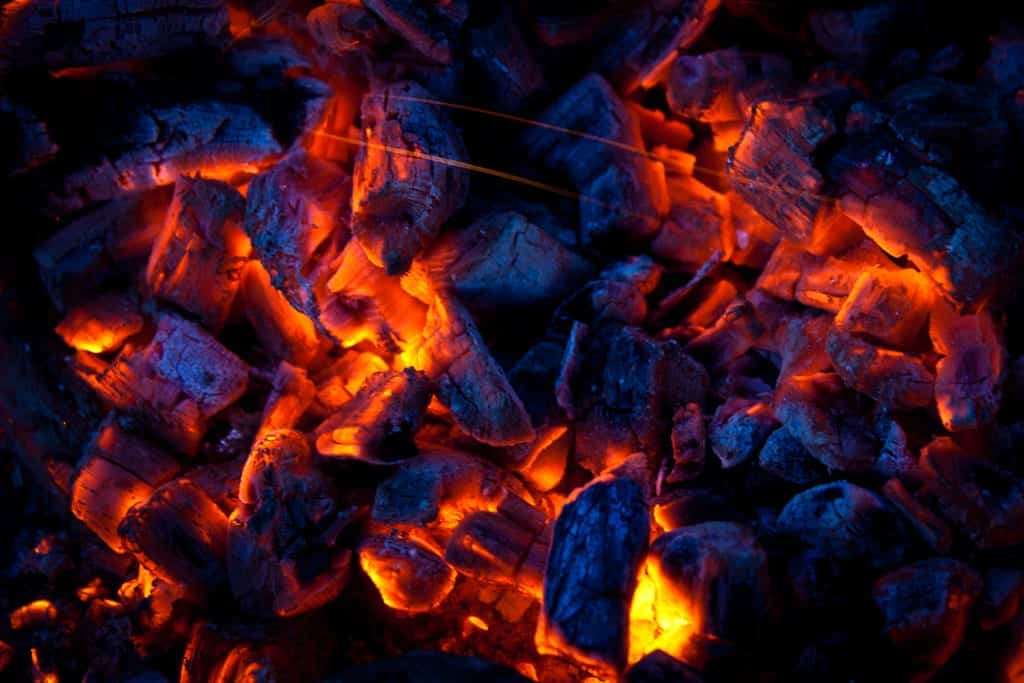The prime minister of India, Shri Narendra Modi has inaugurated the 2015 Re-Invest conference in New Delhi. Re-Invest is a renewable energy-focused conference aimed at promoting investment in the renewable energy sector.

Early in his speech, one of the speakers (I couldn’t find his name) at Re-Invest commented on India’s commitment to mitigating climate change: ‘it is not under any pressure, it is not under any commitments. It is our own commitment’. This is a reminder of the importance of self motivation and a genuine concern for climate change. Most people (and governments) don’t seem to care much about it. I don’t know how India’s government feels about this, as I haven’t been paying attention to them, but the pressure from environmental groups and the public seems to be the main thing motivating governments around the world to address climate change.
[yframe url=’https://www.youtube.com/watch?v=dZ9QjVbCxaA’]
During the Re-Invest event, a presentation highlighted hydropower, and the three forms of renewable energy I would recommend most, which are wind, solar, and waste-to-energy. Wind and solar power plants are not as consistent as one would like them to be, but waste-to-energy systems which use rubbish as a fuel source are.
Waste-To-Energy Can Backup Solar And Wind Power Plants
ICE-powered generators could theoretically generate electricity using the methane emissions of landfills. This can compensate for solar and wind power shortages during cloudy and stagnant weather respectively. Normally, combustion engine-powered power plants utilize large-scale gas turbines and sometimes couple them with steam turbines to maximize efficiency, and reduce toxic pollutant and greenhouse gas emissions. Using rubbish as a fuel source provides additional flexibility because the complex gas + steam turbine system mentioned above could be avoided without adding to emissions.
Another benefit of using landfill methane emissions as an energy source is that landfills always generate methane. You can leave methane-powered generators on all the time to ensure that there is no shortage of electricity on the grid, all without increasing emissions! SC Johnson has already put landfill gas to use as a fuel for their cogeneration system which powers one of their manufacturing plants.
Waste-To-Energy Can Reduce Landfill Waste And Atmospheric Methane Emissions
There is no shortage of rubbish in the world. Millions of tonnes of solid waste are being produced daily. Depending on where you live, this could appear to be a minor issue which is bound to blow up in our faces at some point, or a mind-boggling disaster. In certain regions, waste is literally spilling over onto the streets, as well as onto residential land. Waste management is not a simple task. When that garbage truck carries your rubbish away, it isn’t disappearing for good, it is being dumped somewhere to rot for many years.
Landfills emit methane, which is an explosive greenhouse gas which has a greenhouse effect 20 times greater than that of carbon dioxide. Even though it stays in the atmosphere a shorter time, its contribution to global warming is still tremendous.
There are rubbish digestion and vapourization technologies that can convert some of this waste into a fuel.






